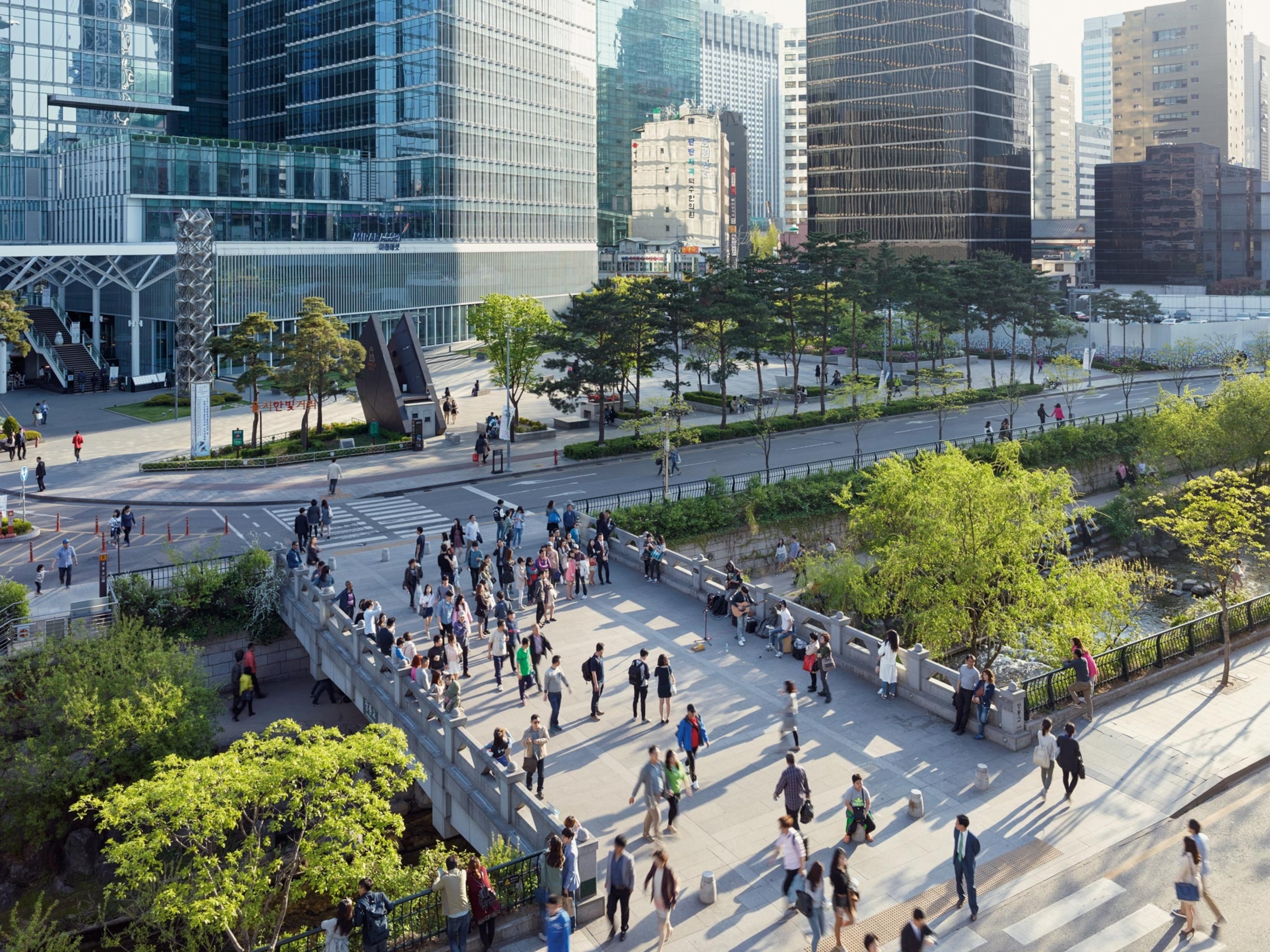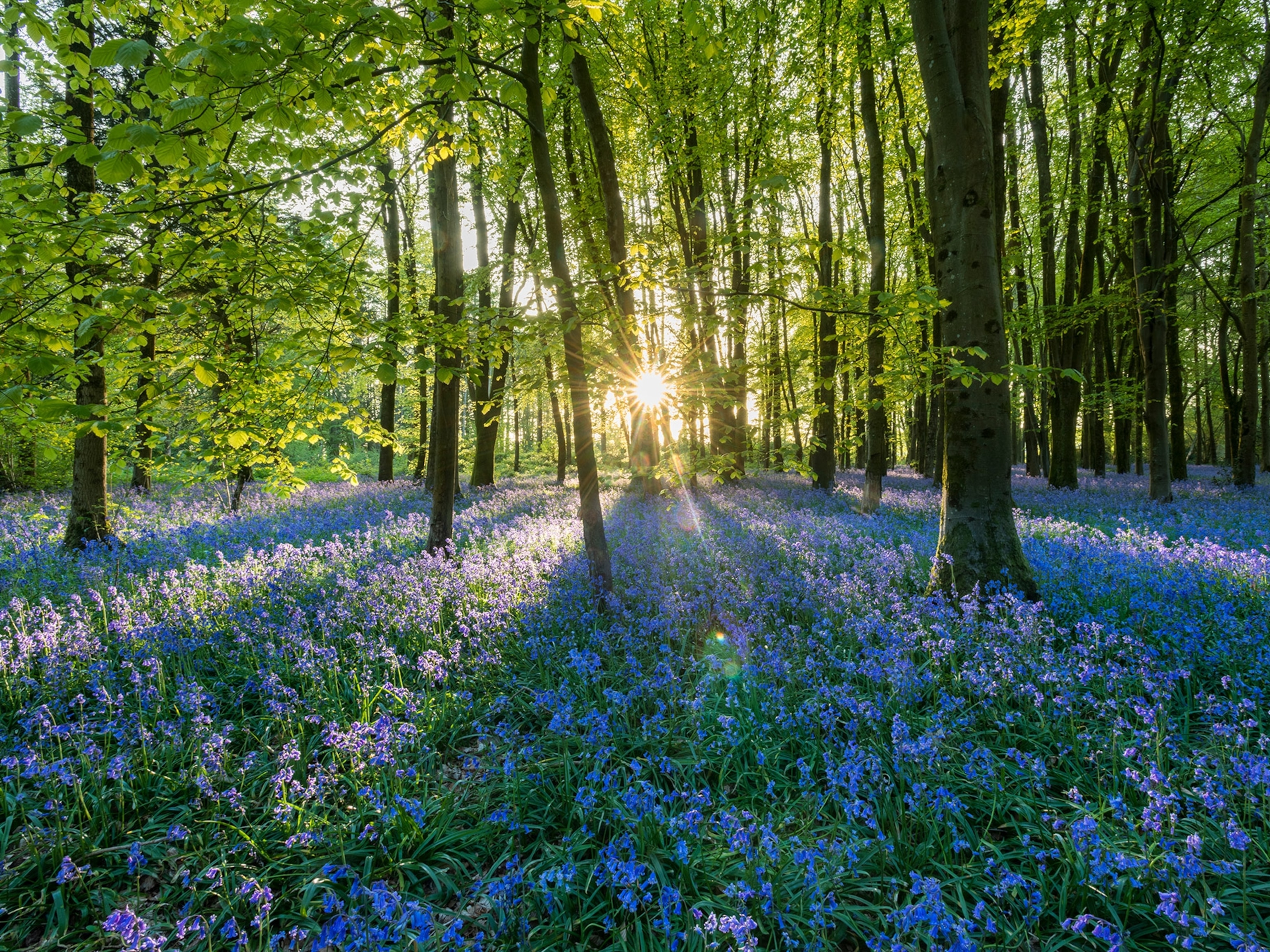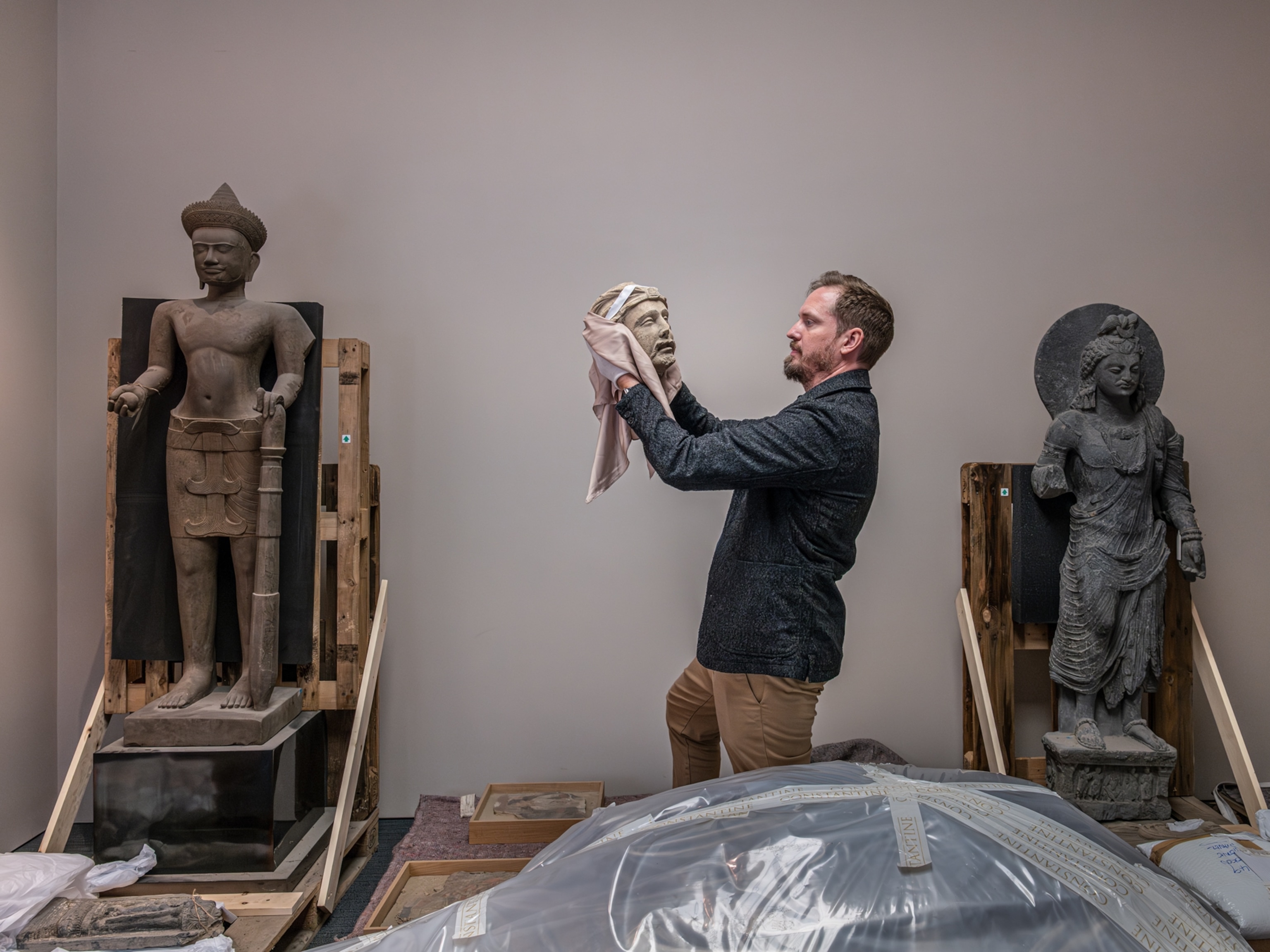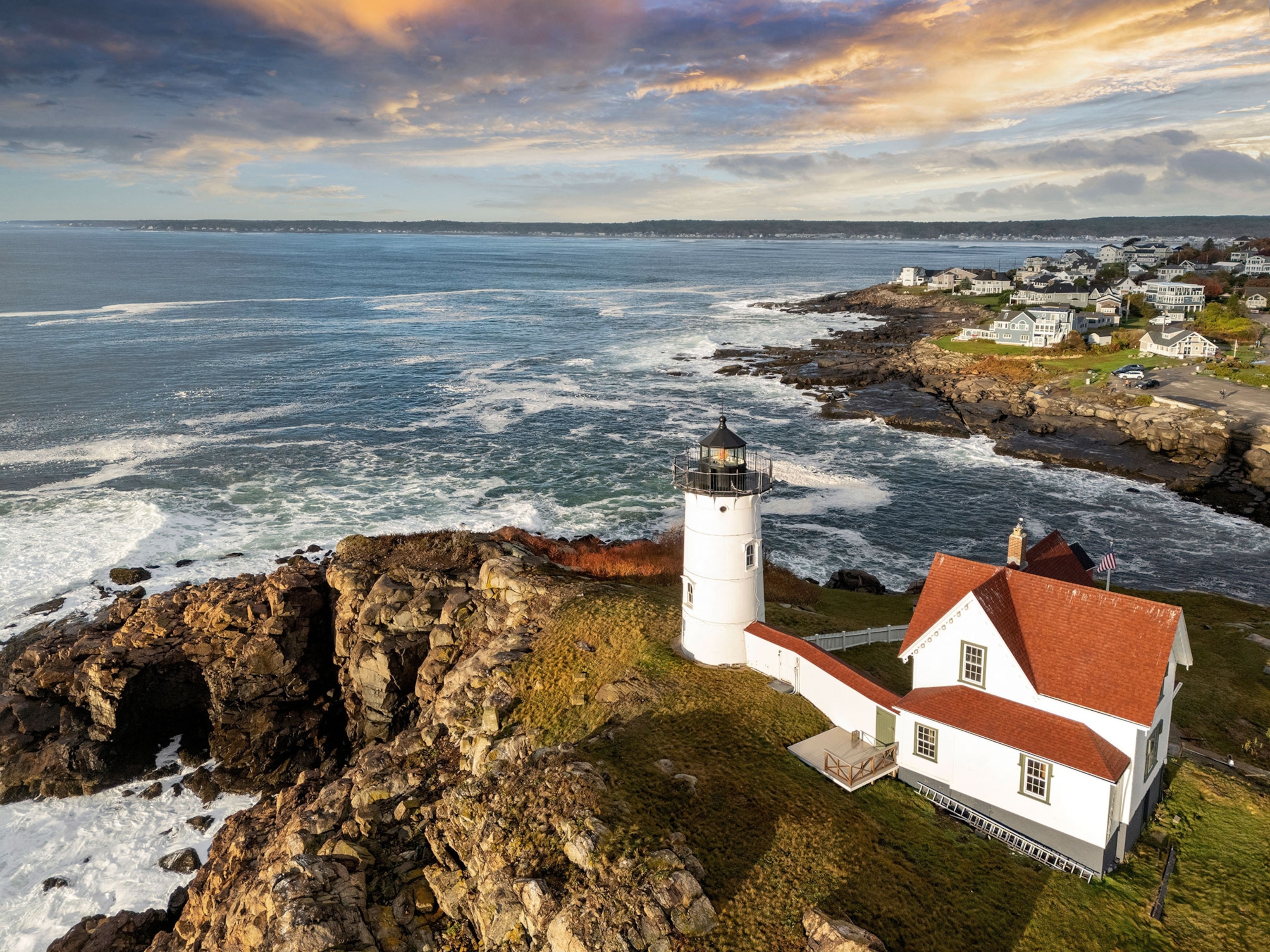
Redwood Parks Battle Bold Wood Poachers
Poachers are sawing the burls off of redwood trees in California's parks—a threat to individual trees as well as the forest.
They sneak into the park at night. They're out to saw off a block of wood from a redwood that contains a burl—a knobby growth that contains a dormant seed bud.
And the damage they're doing is so serious that starting March 1, the Redwood National and State Parks in coastal northern California have closed and gated off popular Newton B. Drury Parkway, which winds through the protected lands, from sunset to sunrise.
Wood poachers have done increasing harm to the redwoods in recent months, park spokesperson Jeff Bomke told National Geographic.
Bomke says he cannot reveal how many wood poachers have been arrested in the area, but park law enforcement ranger Laura Denny told the Associated Press Tuesday that she could only recall "two or three" arrests over the past 12 years. She pointed to the vast amounts of territory that rangers must cover and the fact that poachers quickly move from tree to tree.
Those caught stealing wood from the parks may face felony charges and prison time, though most recent convictions have been misdemeanor fines.
The targeted redwoods are the tallest trees on Earth, with heights approaching 400 feet (122 meters). (Learn more about redwoods in National Geographic magazine.)
What's a Burl?
Woodworkers prize the burls, which tend to cluster near the base of the tree but can appear farther up the trunk. They like the swirling grain patterns, particularly the circular shapes called "eyes," and turn the burls into furniture, bowls, clocks, and knickknacks.
"We are often asked, 'What is the price of a burl?'" says Bomke. "A burl is priceless if it comes from a national park that is an International Biosphere Reserve and a UNESCO World Heritage Site."
Local wood dealers reportedly pay $2 to $3 a pound for high-quality burl wood.
There are legal sources for burls, from trees on private land. But demand is high and there are fewer burls available from these legitimate sources.
In the parks, the poachers at first trained their chainsaws on fallen redwoods, says Bomke. When they ran out of fallen trees, the poachers went after standing trees.
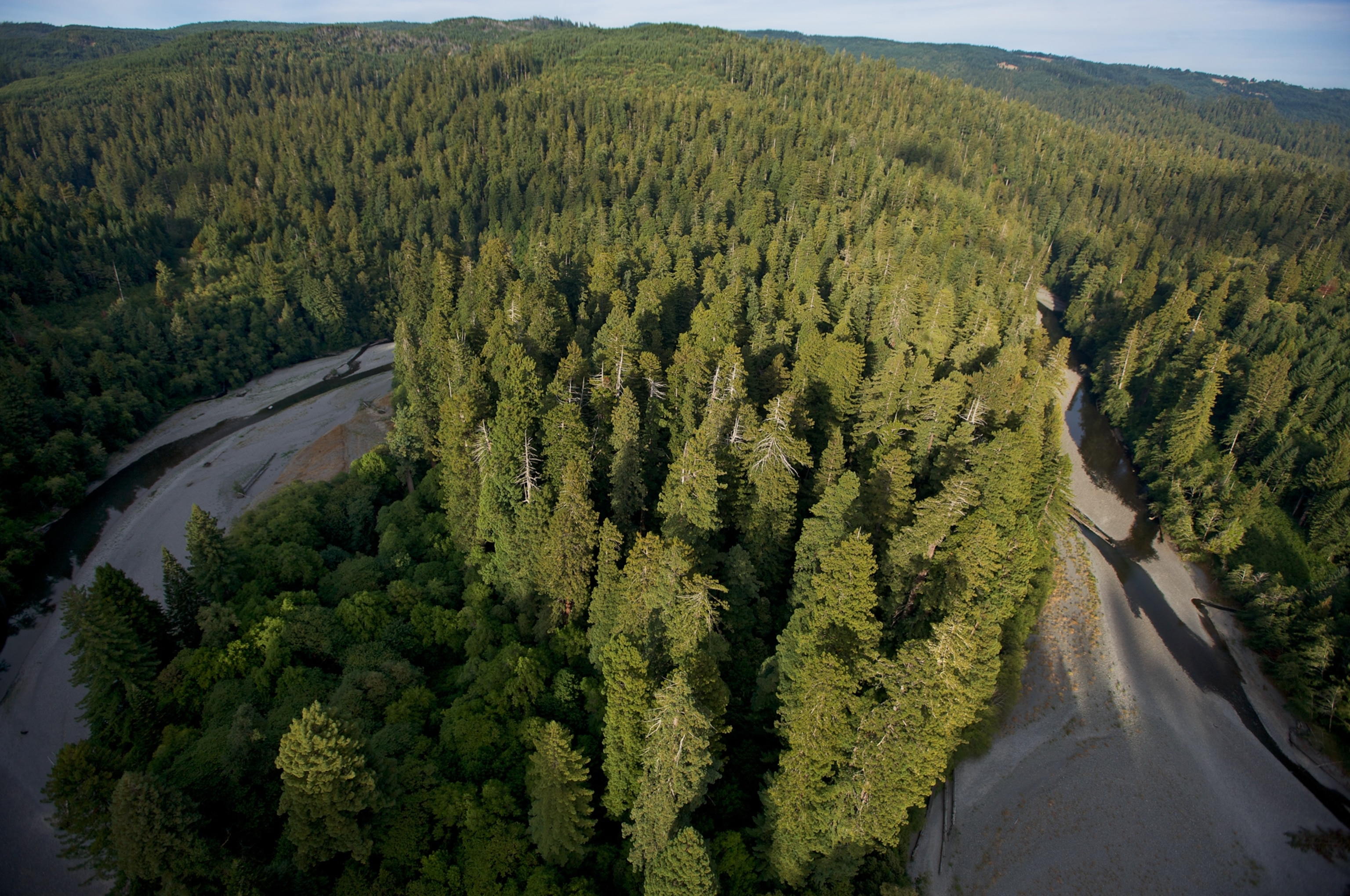
Trouble for the Trees
Removing a burl can jeopardize the health of an individual tree—and an entire forest.
When a burl is cut from a living tree, it opens up a wound that can let in insects or disease, says Bomke. "We have seen trees fail from removal of this material," he says.
If thieves fell a redwood to get a burl that's 40 feet up, they may also bring down other trees in the process, says Bomke, and disturb wildlife like nesting marbled murrelets, an endangered species in the region.
Normally, when a tree topples over due to old age or a traumatic event, its burls sprout new growth to form a new tree. "So by removing it you are potentially removing the tree's ability to reproduce," says Bomke.
Redwoods do also produce seeds, although they primarily reproduce by sprouting from burls.
Enforcement Challenges
Bomke calls enforcement against wood poachers "a high priority." But rangers have a lot of ground to cover. Redwood National Park and California's Del Norte Coast, Jedediah Smith, and Prairie Creek Redwoods State Parks protect a combined 133,000 acres (540 square kilometers).
Sam Hodder, the president and CEO of the San Francisco-based nonprofit Save the Redwoods League, told National Geographic that a longer-term solution to burl poaching will be to "inspire a sense of ownership and pride in the redwood landscape and the communities around it."
Hodder says the crimes have been committed by "a few bad actors acting out of desperation," and he says his group hopes to work with agencies and surrounding communities to improve the economic prospects of the region, so fewer people are driven to poaching.
"The more we can do to restore habitat and improve the visitor experience, recreational opportunities, and local lodging, the more we can inspire positive use of the park, and some of those illegal uses will be pushed out," says Hodder. More tourists spending more money would mean more job opportunities for locals, he explained.
In the meantime, Bomke says the road closure will not affect campers in the parks, because it only restricts access to areas designated for day use.
"There is no legitimate reason to be in the redwood forests at night," says Bomke.

